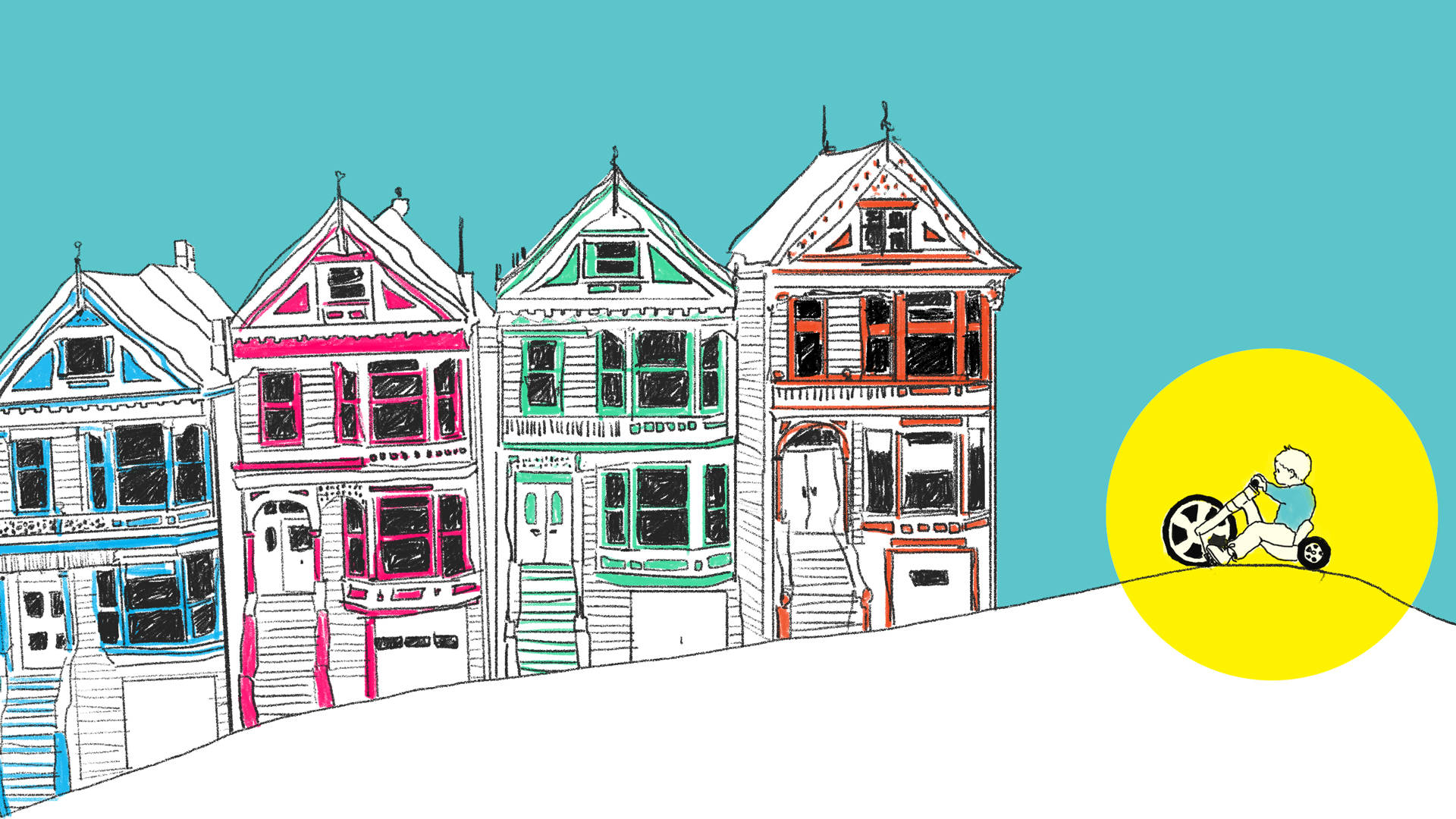Renee Watkins is worried that something is missing from her quiet street, lined with single-family homes in the Berkeley Hills. Families.
Even though Renee lives just a few blocks from an elementary school, she says she rarely sees kids in the neighborhood.
“Where I live, I’d say half the people are over 70. Perhaps I’m exaggerating, but it’s amazing how many people are old. And on the other hand I see hardly any children,” she says.
Renee’s partially right. There are more elderly people in her neighborhood than children. In 2017, about 31 percent of the people who lived around Renee were 65 or over and about 17 percent were under 18, according to data from the U.S. Census Bureau.
The number of children living in a neighborhood varies dramatically throughout the Bay Area. Although San Francisco is known for having very few children, the Bay Area as a whole is not that different from other major metropolitan areas. Contra Costa County has the largest percentage of children in the Bay Area, while Santa Clara County has the most children, according to U.S. Census Bureau data.
Where children live in the Bay Area has changed over the decades, but the percentage of children as part of the population has not drastically changed since the 1990s.
People with children are looking for single-family homes, says Cynthia Kroll, the head economist at the Association of Bay Area Governments, and those homes tend to be in the suburbs.
Demographics and affordability tend to impact where in the suburbs families are moving at any point. For instance, right now there’s a shift happening in older neighborhoods, like Renee’s in the Berkeley Hills.
